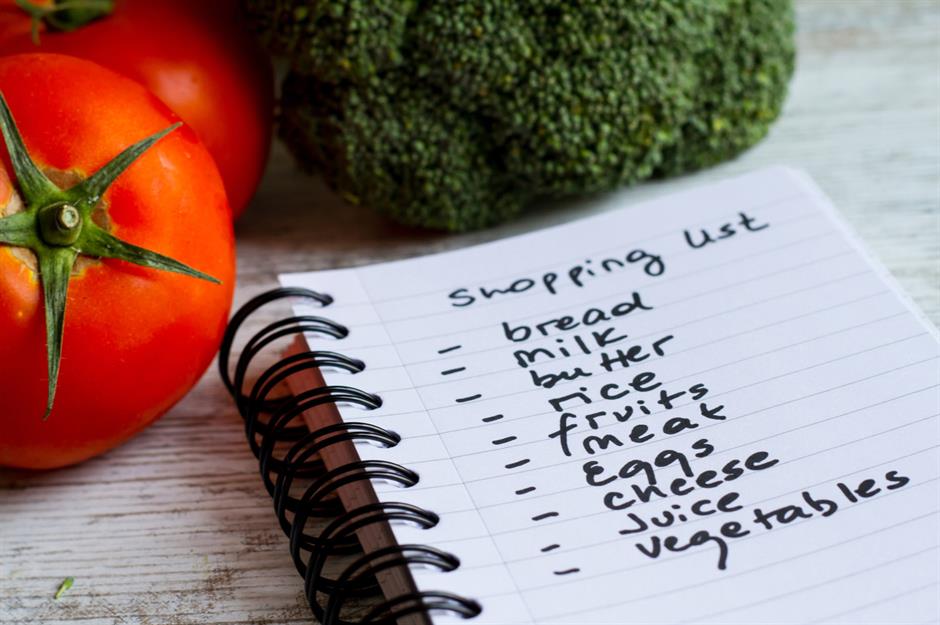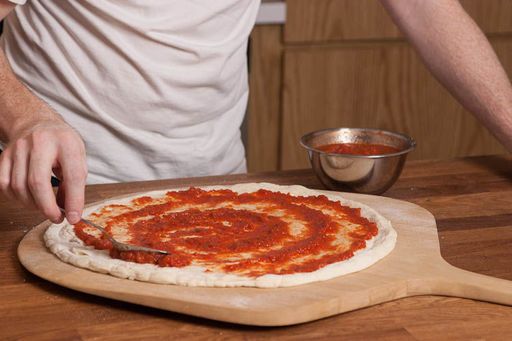
Advanced cooking techniques are something you should try if you love to cook. French and Chinese techniques are familiar to you. But how about Japanese and Chinese methods? Learn the best methods for poaching and steaming. Continue reading to find out how these methods work, and why you should learn them. These techniques can be applied to everyday cooking. Don't forget about cookbooks that detail these cooking techniques.
French cooking techniques
French cooking has its roots in traditional techniques. French chefs are well-known for placing everything in its right place and cooking slowly at low temperatures. Confit refers to slow cooking of a variety foods in fat with low heat. In the same way, sauces are often made with alcohol. Flambeing is a common ingredient in desserts. But, you can pour the alcohol over the food while it is still heating to add flavor.
Chinese cooking techniques
Many complex techniques can be used in traditional Chinese cooking to make your food more delicious. Stir-frying, which is the process of cooking in a wok coated with oil, is one example of this technique. Stir-frying involves quickly stirring the food until it achieves the desired texture. This method is the simplest and best suited for small ingredients, such as vegetables and noodles. Chinese cuisine can also be prepared using other cooking techniques to produce different results to stir-frying.

French technique of steaming
Steaming is a method of cooking that uses hot air to circulate around food. It retains all nutrients and doesn't add any fat. Steam is gentler than boiling water and is great for delicate foods. Steam cooks fast and doesn't lose nutrients or color. This technique has been a favorite of the French for many years. It can make it a joy to cook vegetables and fruits.
Japanese poaching technique
Poaching has become a popular technique worldwide. The Japanese have perfected slow-cooked fish. This involves vacuum-sealing the food in a bag and slowly heating it at low temperature. This method produces uniform texture and eliminates any aromas. The health benefits are clear. Here's how to make poached salmon the Japanese way.
Vietnamese technique of boiling
The traditional Vietnamese method of boiling rice can be a simple, yet highly effective method. This method involves steaming foods in metal or bamboo trays. The benefits of this method include the preservation of the nutrients in the food and the absence of oil. You can use it to make sticky rice and seafood. It is particularly useful for the poorest people in developing countries, who depend on unimproved water supplies. However, there are some precautions that should be taken.

FAQ
What should a beginner cook first?
An easy dish to start with is pasta, rice, or soup. For those who want to learn how cook, a recipe book is a good option. Cooking with others is more enjoyable. Cooking together is fun with family members or friends.
Which is the best way for you to learn how to cook?
Cooking is something that everyone should be able to do. If you don't know how to cook, you miss out on some great food experiences. You must start by finding a recipe you enjoy and following it closely when you learn to cook. You'll then want to practice small adjustments until you feel confident making the dish. Finally, try cooking for others. This will allow you to improve your cooking skills and test your abilities.
What skills do I need to get into culinary school?
To be a chef you need to be able and able to cook well. You should enroll in cooking classes at local community colleges or high schools to learn how to cook. After you have learned the basics, you can apply for jobs in a restaurant or catering business.
Is it possible to be self-taught?
Self-taught cooking is possible! The joy of cooking is something that everybody enjoys doing, no matter their skill level. You can learn to cook by starting at home. You can start small by making spaghetti sauce for dinner or pancakes for breakfast. Try new recipes and be open to experimentation when learning how to cook. It's possible that you will make mistakes.
It takes anywhere from several hours to several weeks to learn how to cook, depending on your skill level. It's important that you remember that cooking does not mean following a recipe. There are many ways to cook food. If you have an idea, follow it.
Statistics
- On average, chefs earn $58,740 a year, according to the BLS. - learnhowtobecome.org
- The median pay for a chef or head cook is $53,380 per year or $25.66/hour, according to the U.S. Bureau of Labor Statistics (BLS). (learnhowtobecome.org)
- under 10 Kids have been taught that there is special food just for them, and Fiese says that 10 percent of kids will throw a tantrum if they don't get the food they want. (washingtonpost.com)
External Links
How To
How to make the perfect omelet
Omelets are a favorite breakfast food of mine. But how do you make them perfectly? I've tried many different methods and recipes, but none of them seem to work! I have some tips and tricks to help you make delicious, fluffy omelets every single morning.
We should first know that eggs are very temperamental ingredients when making omelets. You must get them fresh, organically, and keep them cold until you cook. If you don't keep them cold enough, the whites won't form properly, and the yolks will break down too much and become runny. This makes your omelets look weirdly colored. It is best to use room-temperature eggs if you are going to cook them right away.
Another tip is to separate each egg before adding them to the saucepan. You don't want the white to get mixed with the yolk, as this could cause the egg to curdle.
You could end up burning the bottom half of the egg if the egg is added directly to the heat source. Instead, put the egg in the microwave for 10 seconds before putting it into the pan. The heat from the microwave cooks the egg just enough without overcooking it.
Next, let’s talk about mixing the egg. Mixing eggs together is important. You need to beat them well. You can do this by turning the bowl of your mixer upside down. Next, shake the bowl vigorously. The egg will be thoroughly mixed in the bowl as the air is whipped.
The fun part is now - adding the milk to the mixture. Fold the eggs in the milk mixture by first pouring half of it into the egg whites. You don't need to worry if streaks remain. They will disappear once you flip your omelet.
After you have folded your eggs, heat up the oil on medium heat. Wait for it to get hot. Once the oil has gotten hot, add 1/4 cup of butter and swirl it around so that the entire pan is coated. Next, carefully open the lid and sprinkle salt into your pan. A pinch of salt will prevent your omelet from sticking in the pan.
Cover the pan once the omelet is formed and allow it to cool completely. Flip the omelet by using a spatula. Cook the other side for another minute or two. Serve the omelet immediately by removing it from the pan.
This recipe is best when used with whole milk. But, you can use skimmed milk as well.